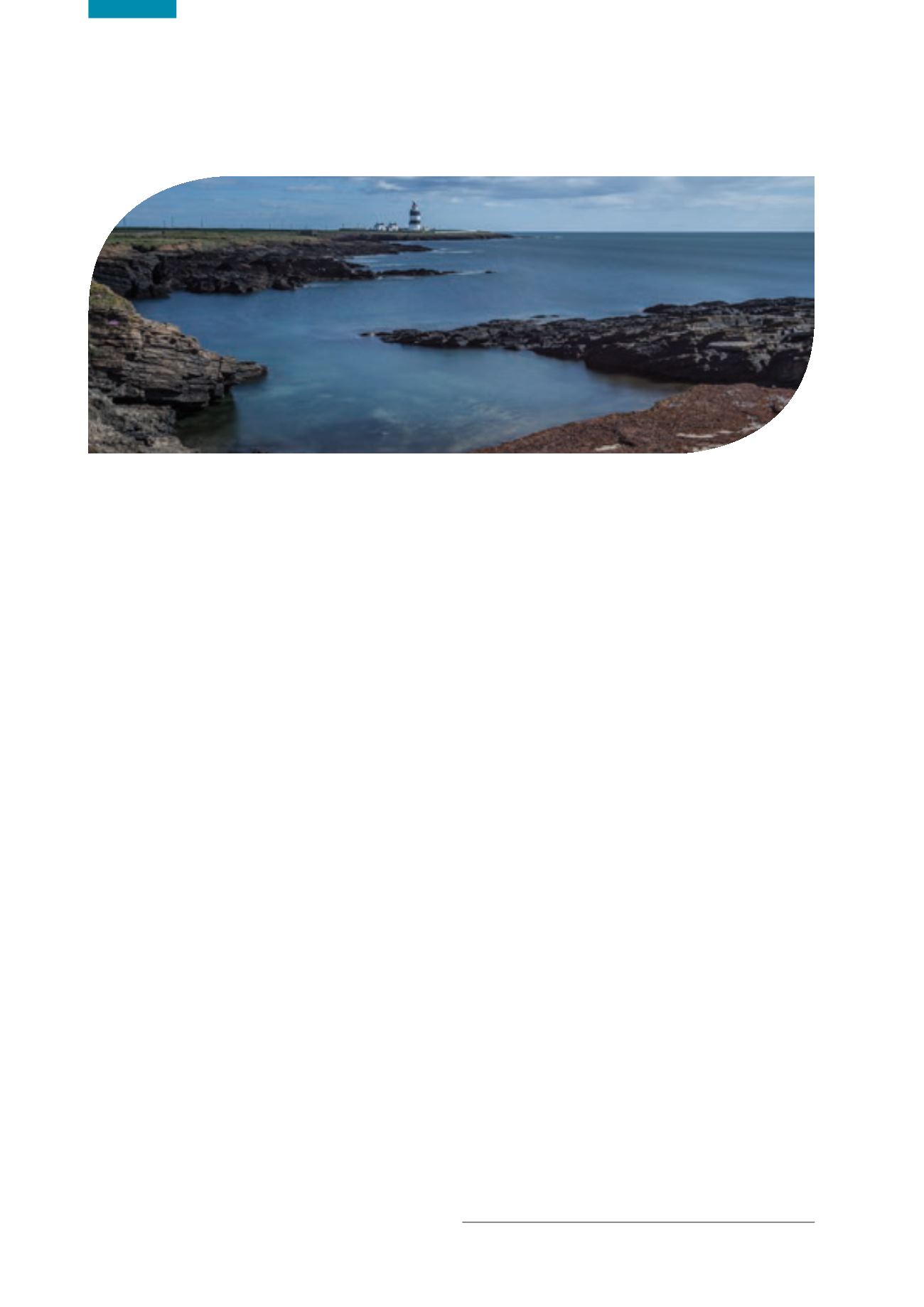

Ireland’s Environment – An Assessment 2016
82
Environmental Quality Standards for
Hazardous Substances
Targeted investigative monitoring is needed to detect
hazardous substances which may be of concern in the
aquatic environment.
Overall, the level of non-compliance with Environmental
Quality Standards for hazardous substances (e.g. pesticides,
endocrine disrupters and other synthetic chemicals) is low
in groundwater, rivers, lakes, estuarine and coastal waters
apart from two ubiquitous persistent, bioaccumulative
and toxic substances (PBTs) (mercury and PAHs) (EPA,
2015b). A number of pesticides, including Mecoprop,
MCPA and 2,4-D, have also been detected at low levels
in a significant number of rivers (26–56%) during routine
monitoring. These require further investigation to establish
and eliminate the source. Further candidate priority
substances/priority hazardous substances are currently
being considered in a review at EU level including a number
of pharmaceuticals. The likely presence and level of these
substances in Irish waters needs to be established.
Marine Waters
Key Developments for the Protection of Marine
Waters include the implementation of the Marine
Strategy Framework Directive
The Marine Strategy Framework Directive, in conjunction
with the WFD in estuaries and near-shore coastal waters,
is the main legal instrument in place to ensure that the
marine environment is sufficiently protected and the
ecosystem goods and services provided by the marine
environment are being used sustainably. This Directive aims
to achieve good ecological status (GES) of the EU’s marine
waters by 2020 and to protect the resources on which
marine-related economic and social activities depend.
In order to achieve GES by 2020, each Member State is
required to develop a strategy for its marine waters. As
mentioned in the Chapter 4, there is room for further co-
ordination between the water directives (WFD, MSFD and
Floods Directive) and the directives that protect biodiversity.
In terms of implementation, Ireland has already reported
on the state of the marine environment,
21
what it
considers to be GES and on the targets and objectives
that must be met to reach GES by 2020. Ireland has also
established a national monitoring programme to assess
GES and is currently in the process of developing measures
that must be put in place to achieve GES by 2020.
A reformed Common Fisheries Policy came into effect
in January 2014 with the main objective to restore and
maintain harvested stocks above levels that can produce
maximum sustainable yield. The maximum sustainable
yield exploitation rate shall be achieved for all stocks by
2020. This aligns with the objectives of the MSFD, one of
which is that marine waters of the EU are at GES within
the same timeframe.
Another important piece of new legislation in this area
is the Maritime Spatial Planning Directive (2014/89/
EU), adopted by the EU in 2014. The main purpose of
the Directive is to develop maritime spatial plans that
promote sustainable development and identify the most
suitable maritime space for the operation of different
human activities. These activities include the installation
of renewable energy devices, oil and gas exploration,
maritime shipping, commercial fishing, conservation of
habitats and species, tourism and aquaculture. The plans
should provide an integrated management approach
that aims to reduce conflicts in the use of maritime space
while, at the same time, encouraging multi-purpose uses.
The plans should also have due regard to the significant
pressures associated with the various activities to ensure
that the ecosystem services provided by marine waters are
not degraded. This legislation is currently being transposed
into Irish law in line with the deadline in the Directive of
September 2016.
21
www.environ.ie/water/water-quality/marine-strategy/marine-strategy- framework-directive-msfd

















